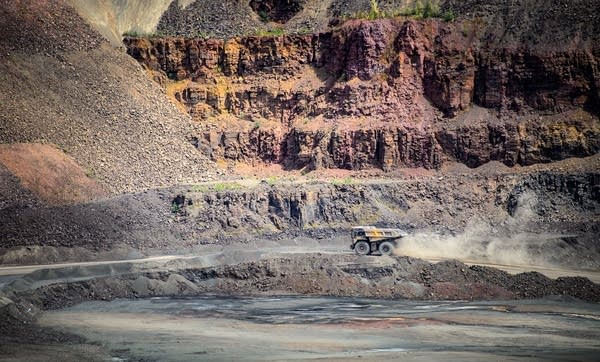On the Iron Range, a push for a new kind of iron

In this photo taken Aug. 26, 2014, a large dump truck is driven at the Minntac taconite mine in Mountain Iron, Minn. U.S. Steel has cut production at its Minntac plant in Mountain Iron.
Glen Stubbe | Star Tribune via AP 2014
Go Deeper.
Create an account or log in to save stories.
Like this?
Thanks for liking this story! We have added it to a list of your favorite stories.


